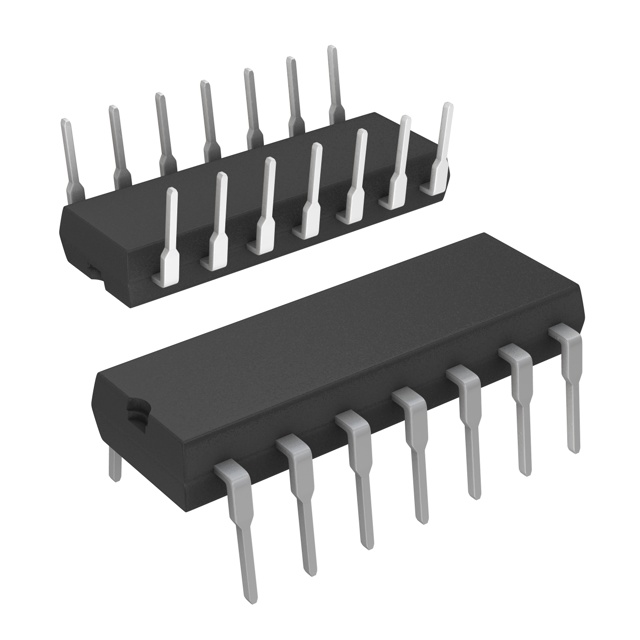SN74LVC3G04YEPR
Manufacturer No:
SN74LVC3G04YEPR
Manufacturer:
Description:
IC INVERTER 3CH 3-INP 8DSBGA
Datasheet:
Delivery:





Payment:




In Stock : 0
Please send RFQ , we will respond immediately.









SN74LVC3G04YEPR Specifications
-
TypeParameter
-
Package / Case8-XFBGA, DSBGA
-
Supplier Device Package8-DSBGA (1.9x0.9)
-
Mounting TypeSurface Mount
-
Operating Temperature-40°C ~ 125°C
-
Max Propagation Delay @ V, Max CL3.2ns @ 5V, 50pF
-
Input Logic Level - High1.7V ~ 2V
-
Input Logic Level - Low0.7V ~ 0.8V
-
Current - Output High, Low32mA, 32mA
-
Current - Quiescent (Max)10 µA
-
Voltage - Supply1.65V ~ 5.5V
-
Features-
-
Number of Inputs3
-
Number of Circuits3
-
Logic TypeInverter
-
PackagingTape & Reel (TR)
-
Product StatusObsolete
-
Series74LVC
The SN74LVC3G04YEPR is a specific model of integrated circuit chip manufactured by Texas Instruments. It is a triple inverter gate chip that offers several advantages and can be used in various application scenarios. Some of the advantages and application scenarios of the SN74LVC3G04YEPR are:Advantages: 1. Low power consumption: The chip operates at low power supply voltages, making it suitable for battery-powered devices and energy-efficient applications. 2. High-speed operation: It has a high-speed propagation delay, enabling fast signal processing and data transmission. 3. Wide operating voltage range: The chip can operate within a wide voltage range, making it compatible with different power supply levels. 4. Small form factor: The chip is available in a small package, making it suitable for space-constrained applications and compact electronic devices. 5. ESD protection: It provides built-in electrostatic discharge (ESD) protection, safeguarding the chip from damage due to static electricity.Application Scenarios: 1. Digital logic circuits: The SN74LVC3G04YEPR can be used in various digital logic circuits, such as signal inversion, level shifting, and buffering. 2. Communication systems: It can be employed in communication systems for signal conditioning, amplification, and noise reduction. 3. Consumer electronics: The chip can be utilized in consumer electronic devices like smartphones, tablets, and wearable devices for signal processing and voltage level conversion. 4. Industrial automation: It can be integrated into industrial automation systems for control and monitoring purposes. 5. Automotive electronics: The chip can be used in automotive applications, such as engine control units, infotainment systems, and sensor interfaces.It is important to note that the specific advantages and application scenarios may vary depending on the requirements and specifications of the overall system design.
SN74LVC3G04YEPR Relevant information







